Firm and Fast
The best conditioned courses in the U.S., ranked
To many golfers, the best conditioned golf courses are the ones that are lush and green with crisp mowing lines, immaculate landscaping and bright white bunkers. Fifteen years ago, we changed the Conditioning definition in our 100 Greatest ranking criteria to put more of an emphasis on firm and fast conditions to reward courses that achieved ideal playing conditions with less water usage, at the urging of some members of the American Society of Golf Course Architects.
The old definition asked panelists, "How would you rate the playing quality of tees, fairways and greens when you last played the course?" The definition now reads, “How firm, fast and rolling were the fairways? How firm yet receptive were the greens? And how true were the rolls of putts?” There’s nothing about the color of turf, or the condition of bunkers and tee boxes.
Not only is our definition more environmentally sustainable, but firm conditions accentuate the architectural nuances of a course. Based on panelist scores from our new America’s 100 Greatest and Second 100 Greatest rankings, we’ve ranked the 25 best conditioned golf courses in the United States. At first glance, the top of this list is not surprising, as the top five courses are the same as on the 100 Greatest list, though in a different order. Further down, though, you’ll find many courses that are ranked much higher in Conditioning than their overall course ranking.
Most notably, The Quarry at La Quinta is ranked No. 91 on our 100 Greatest list but has the 10th-highest Conditioning score of any course. Also having a large disparity between the overall and Conditioning rankings are Double Eagle Club (Overall: No. 107, Conditioning: No. 19), Diamond Creek (Overall: No. 77, Conditioning: No. 21), Congaree Golf Club (Overall: No. 42, Conditioning: No. 16), and The Alotian Club (Overall: No. 38, Conditioning: 14).
Scroll down for the complete list of the best conditioned courses in the country. We urge you to click through to each individual course page for bonus photography, drone footage and reviews from our course panelists. Plus, you can now leave your own ratings on the courses you’ve played … to make your case why your favorite should be ranked higher.

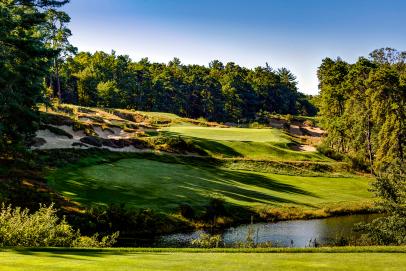
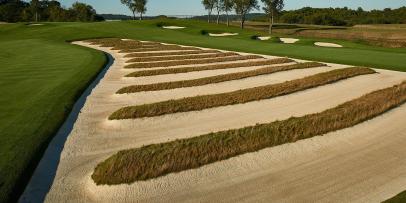
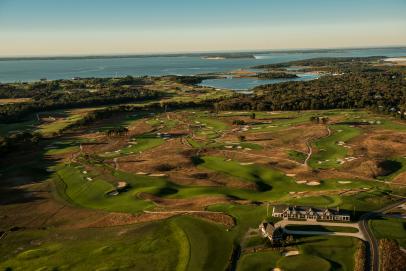
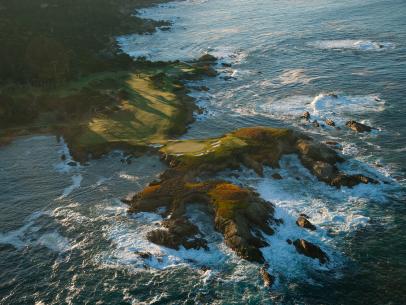
From Golf Digest Architecture Editor emeritus Ron Whitten:
Cypress Point, the sublime Monterey Peninsula work of sandbox sculpture, whittled Cypress and chiseled coastline, has become Exhibit A in the argument that classic architecture has been rendered ineffectual by modern technology.
I'm not buying that argument. Those who think teeny old Cypress Point is defenseless miss the point of Alister MacKenzie’s marvelous design.
MacKenzie relished the idea that Cypress Point would offer all sorts of ways to play every hole. That philosophy still thrives, particularly in the past decade, after the faithful restoration of MacKenzie’s original bunkers by veteran course superintendent Jeff Markow.
Explore our complete review here—including bonus photography and ratings from our expert panelists.

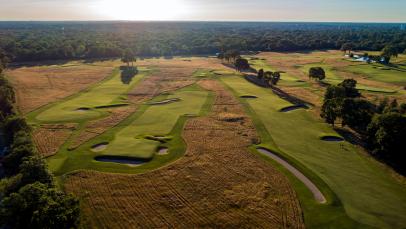

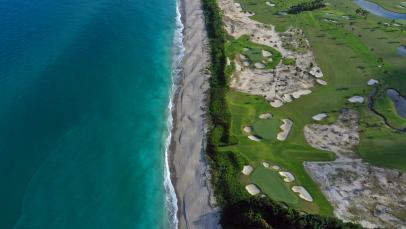
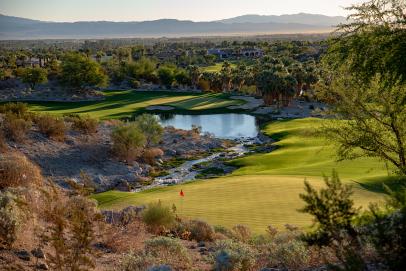
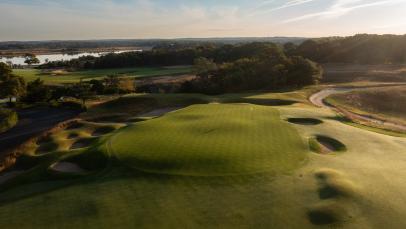


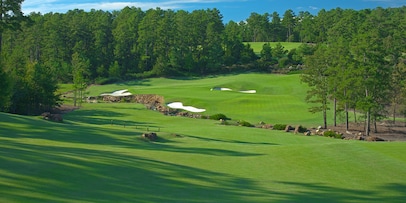
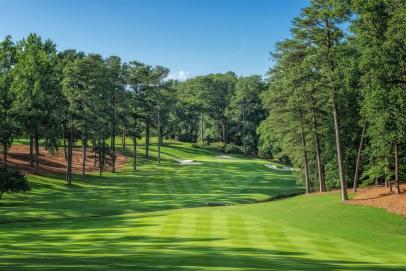
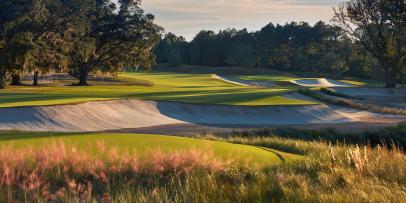
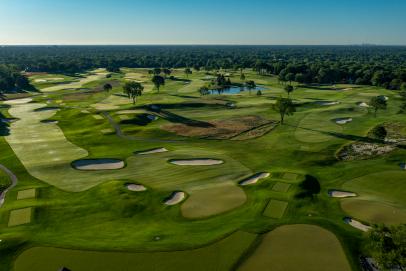
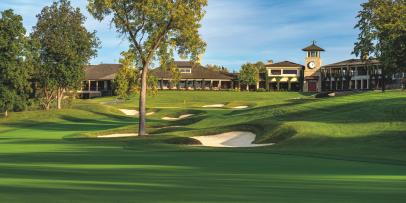
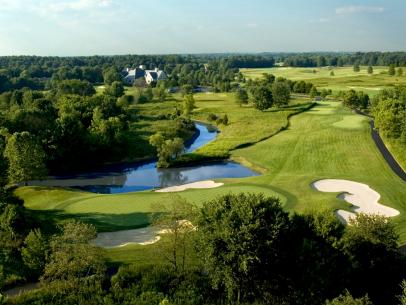

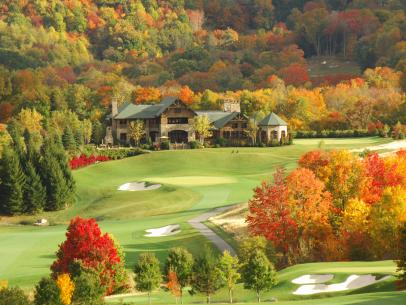
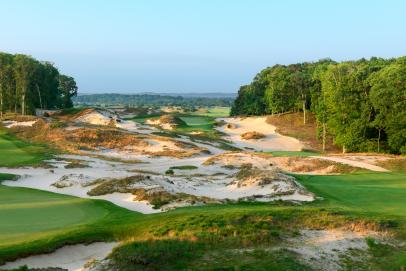
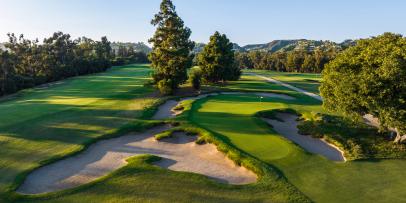
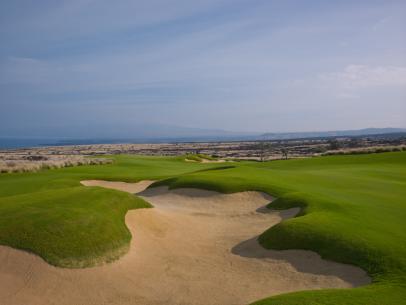

• • •
Explore Golf Digest's recently relaunched Places to Play community, where you can add star ratings and reviews for all the courses you play. We've collected tens of thousands of reviews from our course-ranking panelists to deliver a premium experience, which includes experts' opinions, bonus course photography and videos, plus much more. Check it out here!


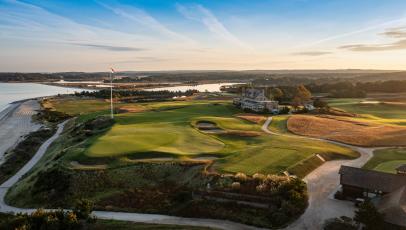
 hero.jpg.rend.hgtvcom.406.203.suffix/1620136440329.jpeg)
